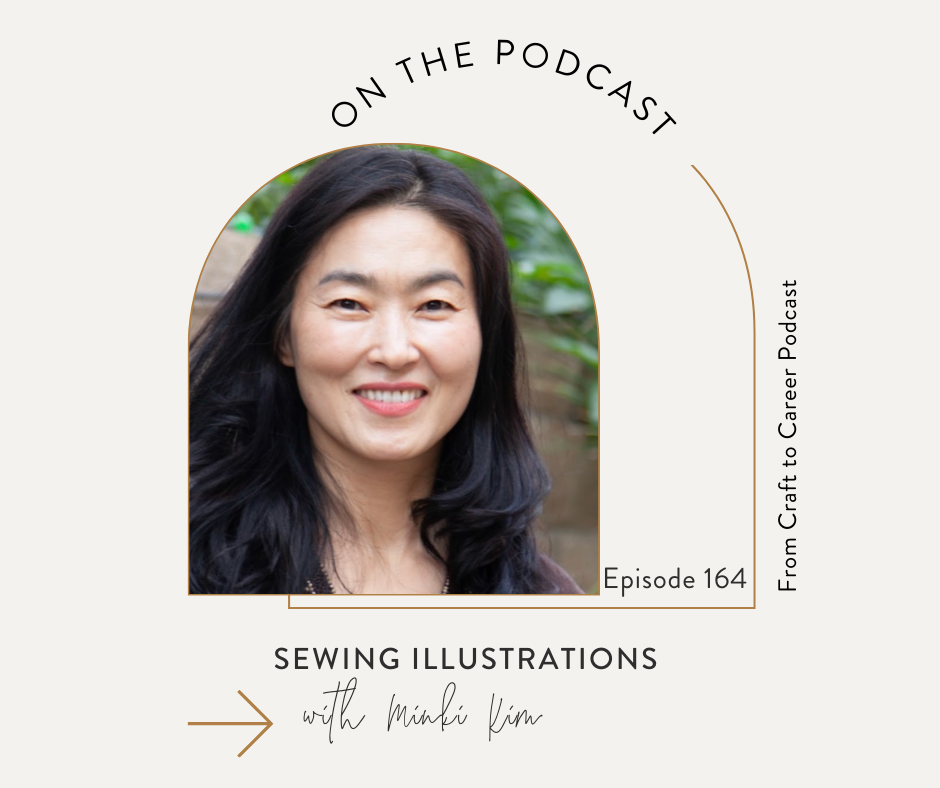MORE FREE TUTORIALS
If you liked this tutorial, be sure to check out these other free quilting tutorials!

July 26, 2024
Sewing Illustrations with Minki Kim Minki Kim is a sewing illustrator who has fabulous talent and so much to offer in the sewing and quilting creative space. I have been a fan of since I started my quilting career and am excited for her to share her story with you! We talk about what we […]
Each week get insights on how to turn your craft into a successful career. With both guest speakers and tips from myself, you get valuable, free education on the Craft to Career podcast!